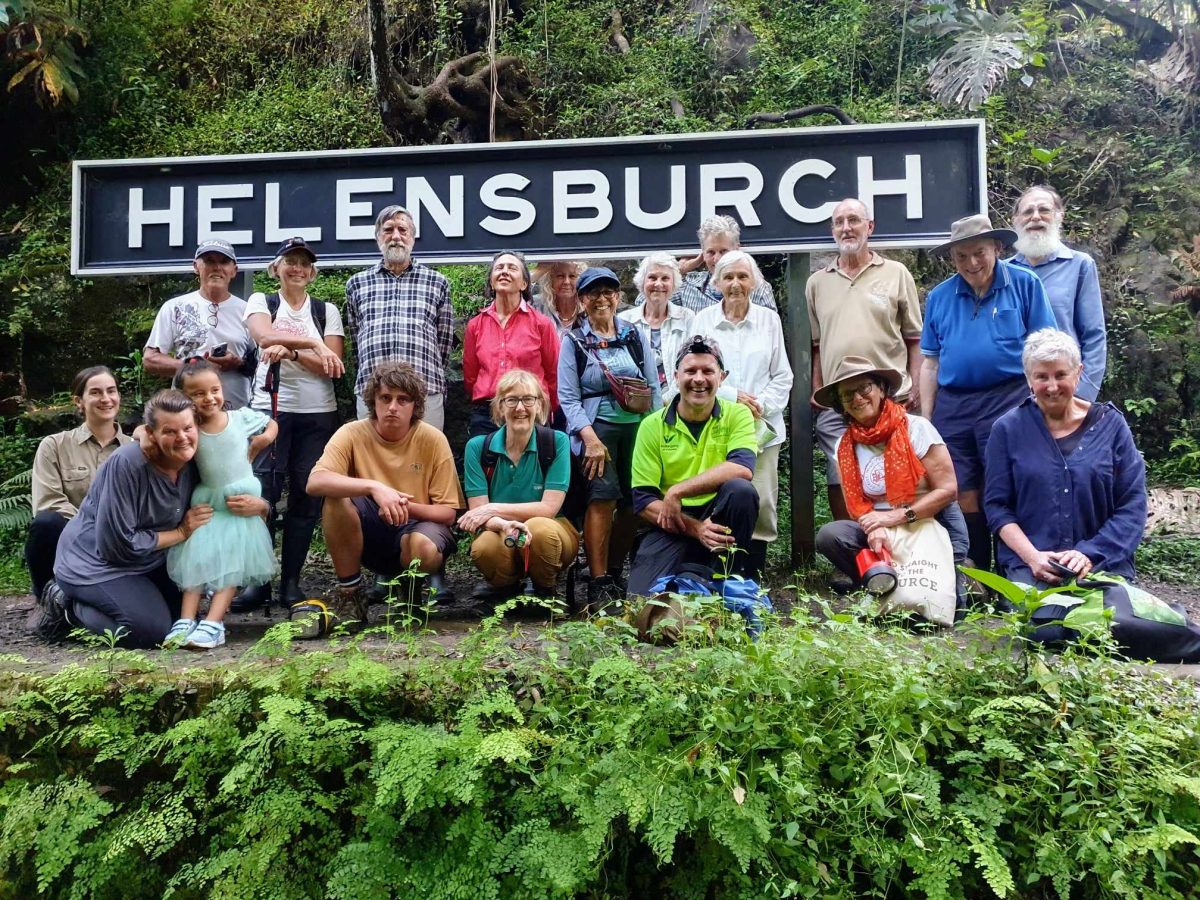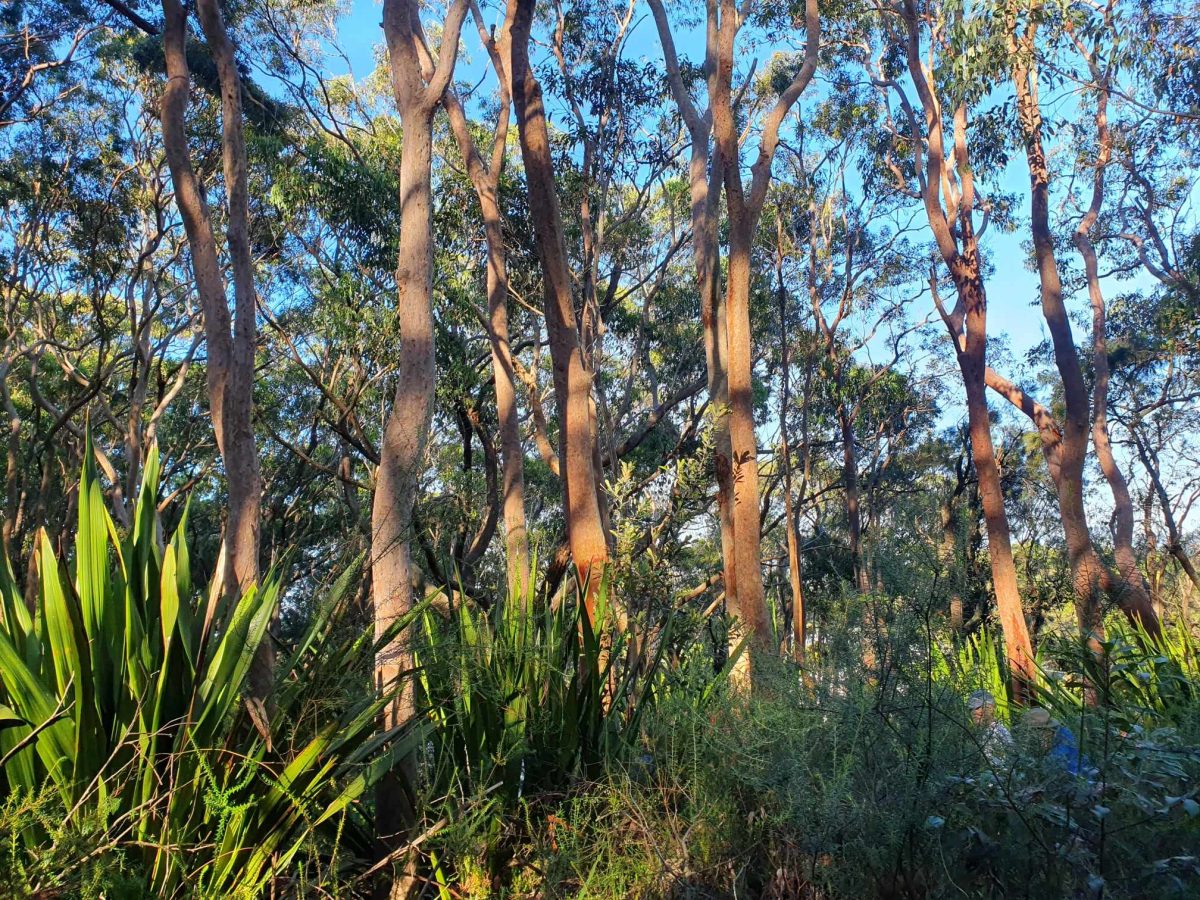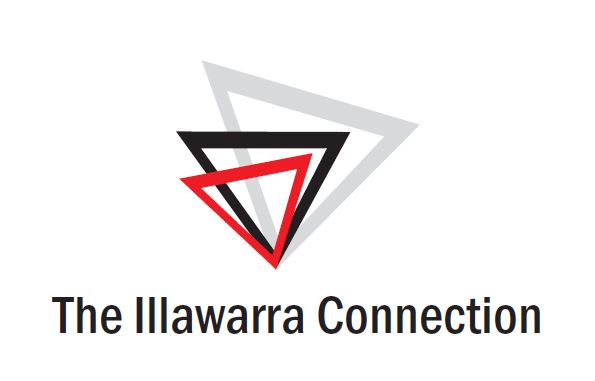
Bushcare volunteers visit the Helensburgh glow worms, and take a look at the impressive work done by volunteers to help restore the area’s native plants – like these spectacular maidenhair ferns. Photo: Zoe Cartwright.
One of the Illawarra’s best-kept secrets has been reopened to the public, and a passionate group of volunteers hopes the community will show some of our most delicate residents the love and care they need to thrive.
A small population of glow worms lives in the disused train tunnel at Old Helensburgh Station.
In the past it has been shut because thoughtless behaviour has decimated the fragile creatures.
Glow worms are sensitive to light, noise, smoke and insect repellent and visitors to the tunnel can be careless with torches, flash photography, cigarettes and vapes.
Some visitors intentionally let off flares inside the tunnel, seriously harming the glow worm colony.
The glow worms are so delicate even the sound of two people talking can disturb them enough for their lights to go out, affecting their ability to feed.
Glow worms require cool, moist, dark places with running water to survive, which is why they’re so rarely seen in the wild.
The species found in the Helensburgh tunnels can also been seen in the Blue Mountains and Southern Highlands.
The tunnel has recently been reopened, and Helensburgh Bushcare volunteers are pleading with the public to take care of the unique insects – Australian and New Zealand glow worms are the larval form of a fungus gnat, and the only glow worms in the world that aren’t actually a beetle.
Bushcare volunteers from across the Illawarra recently took a tour of the tunnel and surrounding bushland.
Helensburgh Bushcare volunteer Sally said they had done extensive work outside the tunnel to remove invasive lillies, raspberries and tradescantia.
“The whole lot was lillies not very long ago,” Sally said.
“Now all the maidenhair ferns have come back naturally. It gives you a real sense of satisfaction, and connection to where you are.”
The group has also ordered signs to be installed outside the entrance to the tunnel to inform visitors about the glow worms, and how to keep them safe.
Bushcare volunteers have been putting in the hard yards to remediate Helensburgh’s natural areas on community land for more than 30 years.
The evidence of their work can be seen in pristine creeks and flourishing native plant and bird populations.
Helensburgh is in the sandstone plateau zone around the Sydney basin, and also features more fertile areas of shale and volcanic soils.
As a result, it is home to plants that are rarely found below the escarpment, including gymea lilies and Sydney red gum.

Gymea lillies and Sydney red gums are iconic plant species that flourish in Helensburgh but are less common below the escarpment. Photo: Zoe Cartwright.
Bushcare is always on the lookout for new volunteers to help support the Illawarra’s diverse plant communities.
It also helps support our diverse human communities.
“I started 20 years ago when I retired, and you’re always learning,” volunteer Marie said.
“Weeding is like mowing the grass – it always needs to be done; and it’s very peaceful outside listening to the birds.”
If you’d like to get involved, head to: Bushcare – City of Wollongong (nsw.gov.au)









